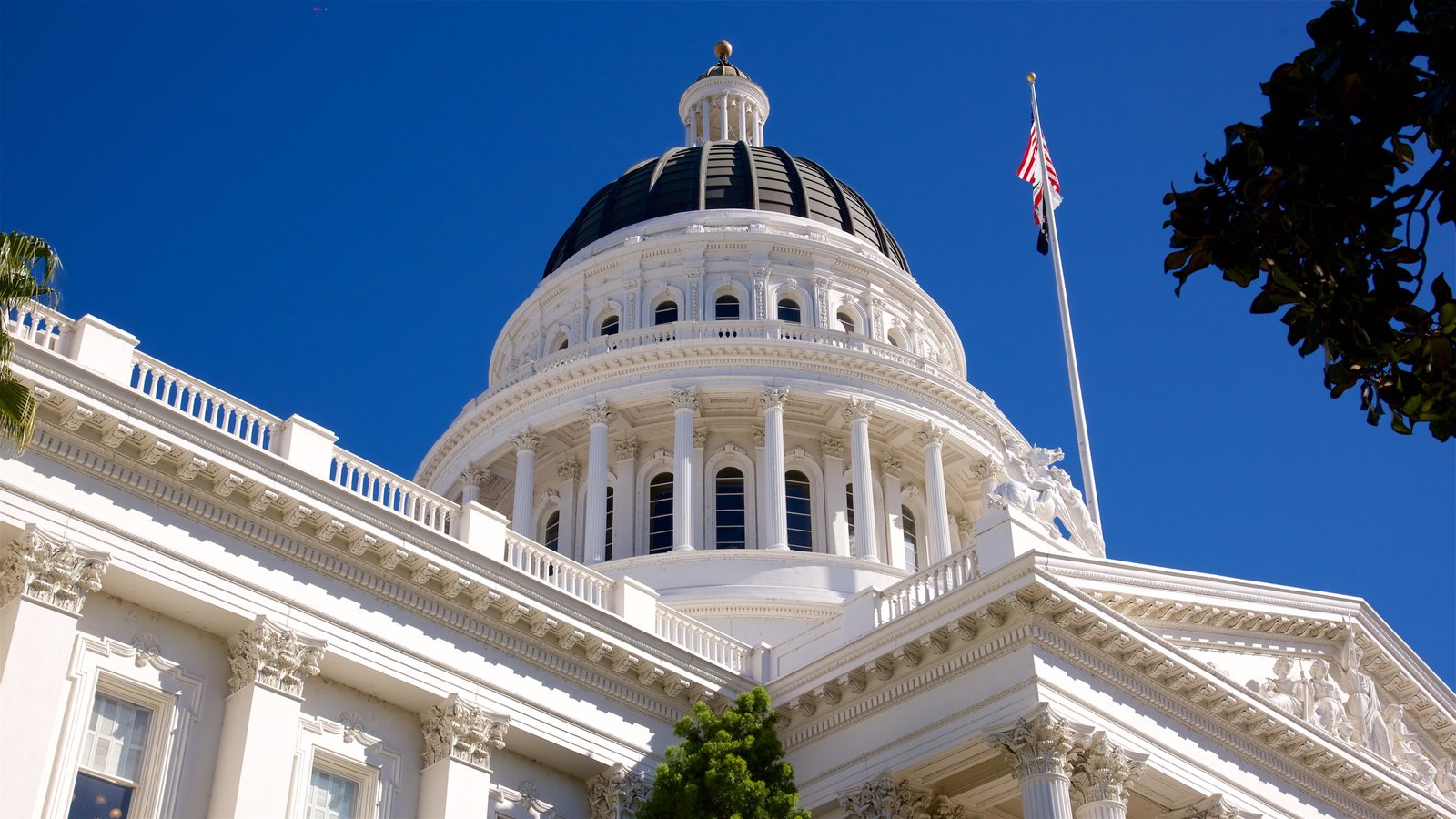Sacramento Budget Shows Modest Increases Despite Federal Uncertainties
In a time of budget uncertainty at the Federal level, Governor Jerry Brown introduced his initial budget proposal for fiscal year, 2017–18. Eloy Ortiz Oakley, Chancellor of California Community Colleges, praised the budget by declaring it “demonstrates continued confidence in our colleges and provides additional resources to build upon investments made by the state over the past few years aimed at improving student outcomes and fulfilling the promise of a quality college credential for more Californians.”
The Legislative Accounting Office (LAO), the non-partisan body that advises California’s legislative bodies, believes revenues could even exceed Governor Brown’s numbers. The LAO projects an additional $1 billion will be made available as Personal Income Tax (PIT) reports become known. Some of those funds would go toward K-14 funding.
Annually, California’s budget process begins in January for what is the 10th largest economy in the world. The initial proposal signals the beginning of several months of revenue assessments of incoming tax dollars and hearings in both houses (the State Senate and Legislature). Input will be sought from lobby organizations like the Faculty Association of California Community Colleges (FACCC) and our own California Community Colleges—Independents (CCCI). Ultimately the May Revision will be made public, and finally, the budget will be approved by June 30th.
Currently, Governor Brown’s budget features the following:
- Proposition 98 funds will increase by approximately 3% (Prop 98 comprises a formula for K-12 and
community colleges) - $94.1 million for a COLA increase of 1.48%
- $79.3 million for a Growth increase of 1.34%
- $23.6 million for a base increase to cover rising employer pension costs.
PCC’s Armen Sarafain Science Building is at the very top of the Governors’ list for immediate funding for replacement (the building that has been vacant for so long will finally be removed.)
Some uncertainties remain. For example, a whopping $150 million is to go toward implementing pathways programs, yet the actual legislative bill has not been released; thus precise guidelines are not available. Also this is one-time money.
Categorical programs that were reduced so drastically in the aftermath of 2008 (e.g. EOPS, DSPS, and CalWORKS etc.) will receive only a modest $5.8 million increase (1.48%) statewide.
Currently, the budget does not address Part Time Faculty issues in any meaningful way. Office hours, healthcare benefits, and parity pay are largely ignored.
Note that FACCC’s Advocacy and Policy Conference, held March 5-6 in Sacramento, is an excellent introduction to Sacramento’s political and budgeting process. PCCFA leaders will be attending this important conference, and we will have an update for members. Contact the PCCFA office if you have an interest in attending.
Finally, how much legal clout does the newly elected president have, given any number of tweets and proclamations coming from the White House? Years, even decades, of education funding cannot be eliminated through edict, simply because the president does not like campus activism, efforts to provide Sanctuary status for immigrants, and the like.
Still, we live in interesting times. Efforts to cut federal funds will be met with fierce resistance from faculty and staff unions of all educational sectors in unity with students and parents. Faculty unions will play a critical role in that resistance. Watch for PCCFA sponsored events in the upcoming spring semester.

